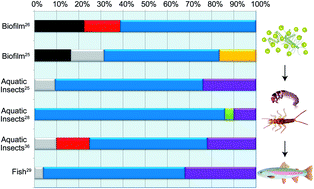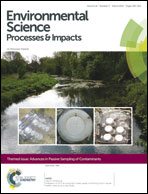Fish toxicity testing with selenomethionine spiked feed – what's the real question being asked?
Abstract
The US Environmental Protection Agency and several U.S. states and Canadian provinces are currently developing national water quality criteria for selenium that are based in part on toxicity tests performed by feeding freshwater fish a selenomethionine-spiked diet. Using only selenomethionine to examine the toxicity of selenium is based in part on the limitations of the analytical chemistry methods commonly used in the 1990s and 2000s to speciate selenium in freshwater biota. While these methods provided a good starting point, recent improvements in analytical chemistry methodology have demonstrated that selenium speciation in biota is far more complex than originally thought. Here, we review the recent literature that suggests that there are numerous additional selenium species present in freshwater food chains and that the toxicities of these other selenium species, both individually and in combination, have not been evaluated in freshwater fishes. Evidence from studies on birds and mammals suggests that the other selenium forms differ in their metabolic pathways and toxicity from selenomethionine. Therefore, we conclude that toxicity testing using selenomethionine-spiked feed is only partly addressing the question “what is the toxicity of selenium to freshwater fishes?” and that using the results of these experiments to derive freshwater quality criteria may lead to biased water quality criteria. We also discuss additional studies that are needed in order to derive a more ecologically relevant freshwater quality criterion for selenium.


 Please wait while we load your content...
Please wait while we load your content...